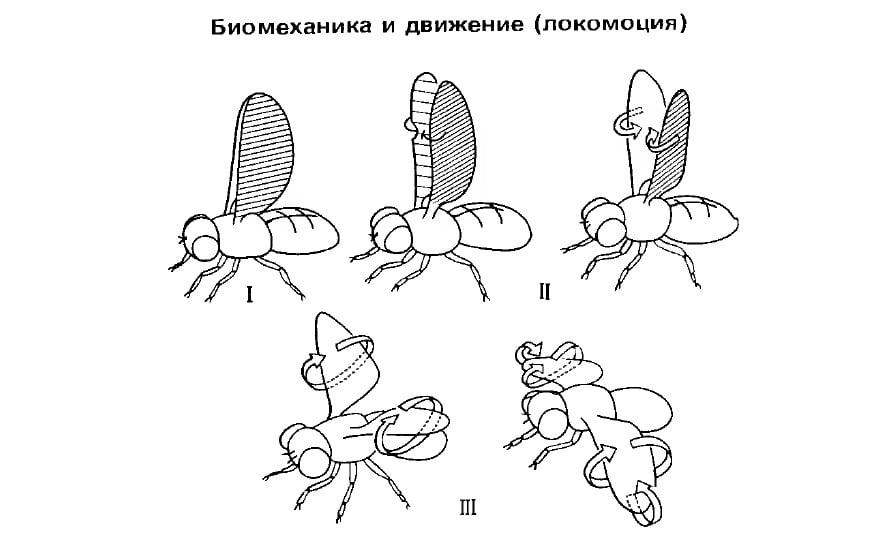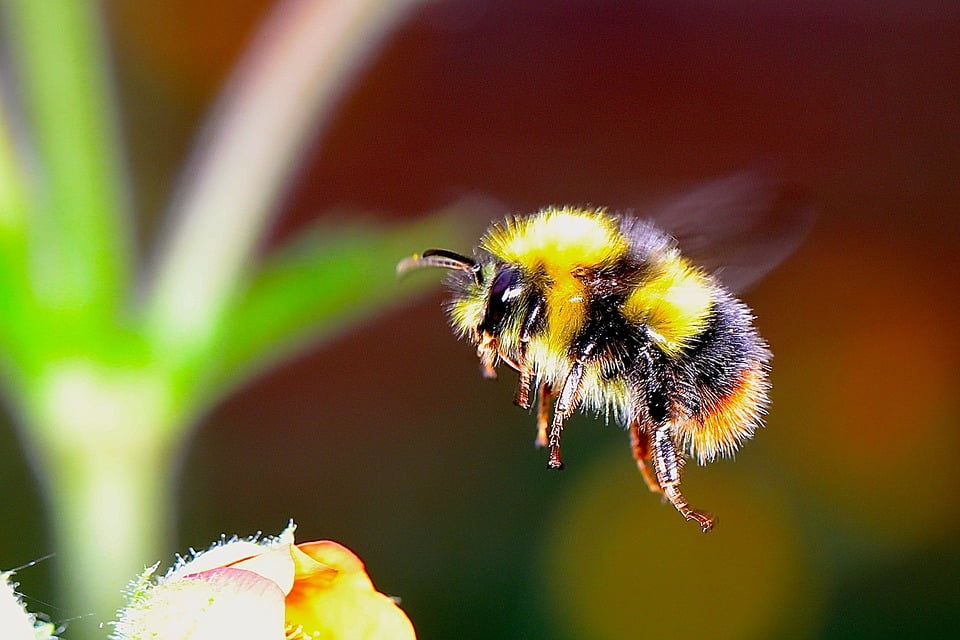There is a myth about how scientists seemed to come to the conclusion that the bumblebees should not fly, since this contradicts the laws of physics. We decided to check if this is true.
“According to the laws of physics, a bumblebee should not fly, but he does not know about it and therefore flies” - this common joke is very popular on the Internet. She is found in collections Quote, posts in Twitter And Instagram And even in advertising One audit company! The question is, whether it is true is often asked services questions and answers. A meme about a bumblebee that should not fly, gained so much popularity on the Internet that I even got on "Lurkmore." Mikhail Weller mentioned this in the book "Knife Seryozha Dovlatov." By the way, the same is charged with the guilt and bees, the closest relatives of the bumblebees, and the creators of the cartoon "Bi Muvius: Honey Conspiracy" They even made this phrase in the epigraph.
In 1934, the French zoologist, and part -time aircraft engineer Antoine Manyan wrote a book "Flight of insects", in which he argued that according to the laws of aerodynamics, bumblebees should not fly. He relied on the calculations made by his assistant, mathematician Andre St. Lala. Manyan wrote: "I applied the laws of air resistance to insects and came with Mr. St. Lala to the conclusion that their flight is impossible." Scientists believed that the size of the wings of the bumblebees (Manian “forbade” to fly not only them, but also some other insects) is too small to raise the body of this size into the air. But bumblebees and bees collect pollen, from which their weight is still increasing.
It is difficult to argue with mathematics, and nevertheless, bumblebees both flew before the release of the maniaan’s book, and continued after. Does their existence really violate the laws of physics? In fact, of course, no. Many Entomologists have repeatedly denied the statement of Maniaan. Were his calculations incorrect? No, they were made correctly, only, while also aircraft engineers, scientists suggested that insect wings are moving according to the same principle as the wings of the aircraft. And if it were so, bumblebees, bees and some other insects could really crawl.
But do not strictly judge the maniaan for this error. Bumblebees make from 150 to 300 wings waves per minute, and it is really difficult to keep track of this process with the naked eye. Modern technologies allowed scientists to more accurately study the flight of insects. So, a physicist from the University of Cornell Zheng Jane Van Provedthat bumblebees do not violate any principles of aerodynamics. To do this, she needed to spend several hundred hours behind a supercomputer, which made modeling and calculations. Of course, there were no such tools in the 30s of the XX century.
So how do bumblebees fly? They do not just wave their wings up and down (this, by the way, is visible on the video above), but make complex movements, creating a vortex air flows around them, which hold them in flight. In the book “Invertebrates. New generalized approach " Robert Barnes, Peter Kaylou and several more zoologists describe this process as follows: “When the wings of the insect close and then diverge, their front, more stringent edges are disconnected first and the air rushes into the low pressure area that occurs between the wings. The work is spent on accelerating the mass of air twisting around the wing, and the power of counteraction includes both the lifting and the traction components. As soon as the air movement reaches the maximum speed, the wings cease to do useful work until the whirlwind is “dropped”, which will happen when the wing of the direction at the lower point changes. ”

Biologist Michael Dikinson from the University of Washington and his colleagues from the California Technological Institute using high -speed photography technology studied the flight of bumblebees, bees and other insects. They found outthat the whole secret lies in the non -traditional combination of short, intermittent waves of wings, the rapid rotation of the wing, when it turns and changes direction, and a very high frequency of wings waves. But even now, almost 90 years after the research conducted by the maniaan, the flight of bumblebees, bees and other similar insects have not been studied until the end. Physics and zoologists continue to explore them, changing the external conditions of the environment, as they did scientists Stanford University. They noticed that, depending on the density of the air of the wings of insects, they change.
Thus, the mechanics of the Flight of the bumblebee are quite complicated and, most importantly, far from the principles of the flight of aircraft that Manian took as the basis. So, the fact that bumblebees can fly does not contradict the laws of physics and aerodynamics, but only the model that scientists applied to the study of the mechanics of the fit of the bumblebee in the 1930s.
Treatment
Read on the topic:
If you find a spelling or grammatical error, please inform us of this, highlighting the text with an error and by pressing Ctrl+Enter.






